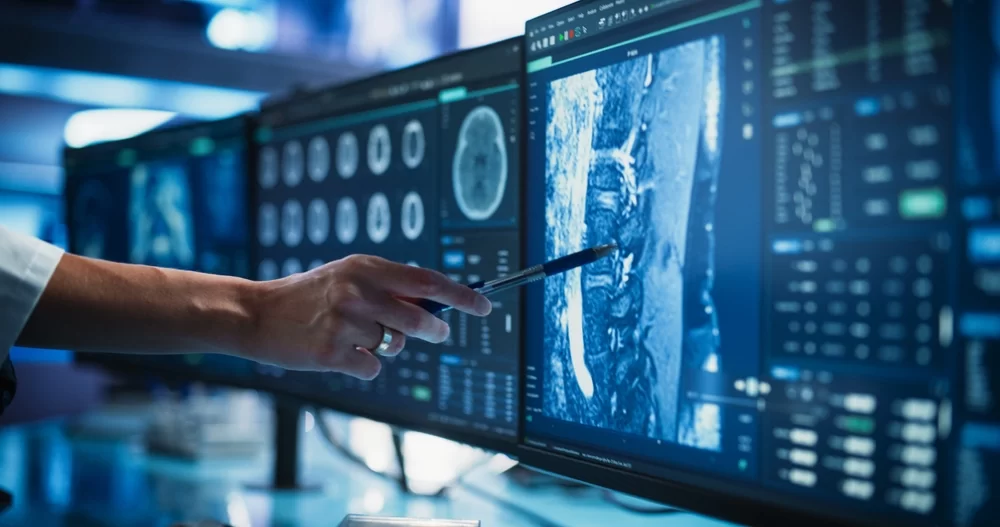PET Scans

A PET (Positron Emission Tomography) scan is an imaging test used to examine and evaluate the functions of tissues and organs in the human body. In PET-CT scans, PET imaging is combined with CT (Computed Tomography) to obtain three-dimensional images of the body. PET-CT scans use a small amount of radioactive material, a specialized camera, and a computer to detect abnormalities in the body. This technique provides a detailed examination of cellular-level changes. Read on to learn more about why and how PET-CT scans are performed.
Why is a PET-CT Scan Performed?
A PET-CT scan is an imaging method that combines PET and CT scan images. It falls under the category of nuclear medicine imaging, which uses small amounts of radioactive material to detect bodily changes. Through nuclear medicine, cellular-level changes can be identified, enabling early diagnosis of diseases. Additionally, nuclear medicine is used to assess whether patients are responding to treatments.
The primary reasons for performing a PET-CT scan include:
- Cancer Diagnosis: Detecting cancerous tissues.
- Assessing Cancer Spread: Determining whether cancer has metastasized.
- Evaluating Treatment Effectiveness: Monitoring the success of ongoing treatments.
- Checking for Cancer Recurrence: Identifying potential tumor regrowth after treatment.
- Detecting Inflammation and Infection: Identifying areas of inflammation or infection.
- Neurological Evaluations: Assessing brain conditions such as reduced blood flow.
- Cardiac Assessments: Identifying areas of reduced blood flow in the heart muscle.
PET-CT scans provide highly detailed imaging, allowing physicians to make accurate diagnoses and develop appropriate treatment plans.
Frequently Asked Questions
A PET (Positron Emission Tomography) scan is an imaging technique used to observe cellular and metabolic activity in the body. It is commonly used for the early detection of cancer, treatment planning, and monitoring the response to treatment. In a PET scan, a radioactive substance is injected into the body, and it shows images of areas where the substance accumulates in the body.
PET scans are used for early cancer detection, monitoring the spread of cancer, evaluating the response to treatment, diagnosing heart disease, certain brain disorders (such as Alzheimer’s), and infections. They are also useful for tracking the patient’s condition during treatment.
PET scans are generally safe, as the radioactive substance used stays in the body for a short period, making it harmless. However, PET scans are not recommended for pregnant women or those who may be pregnant. In rare cases, mild side effects (such as pain at the injection site or allergic reactions) may occur.